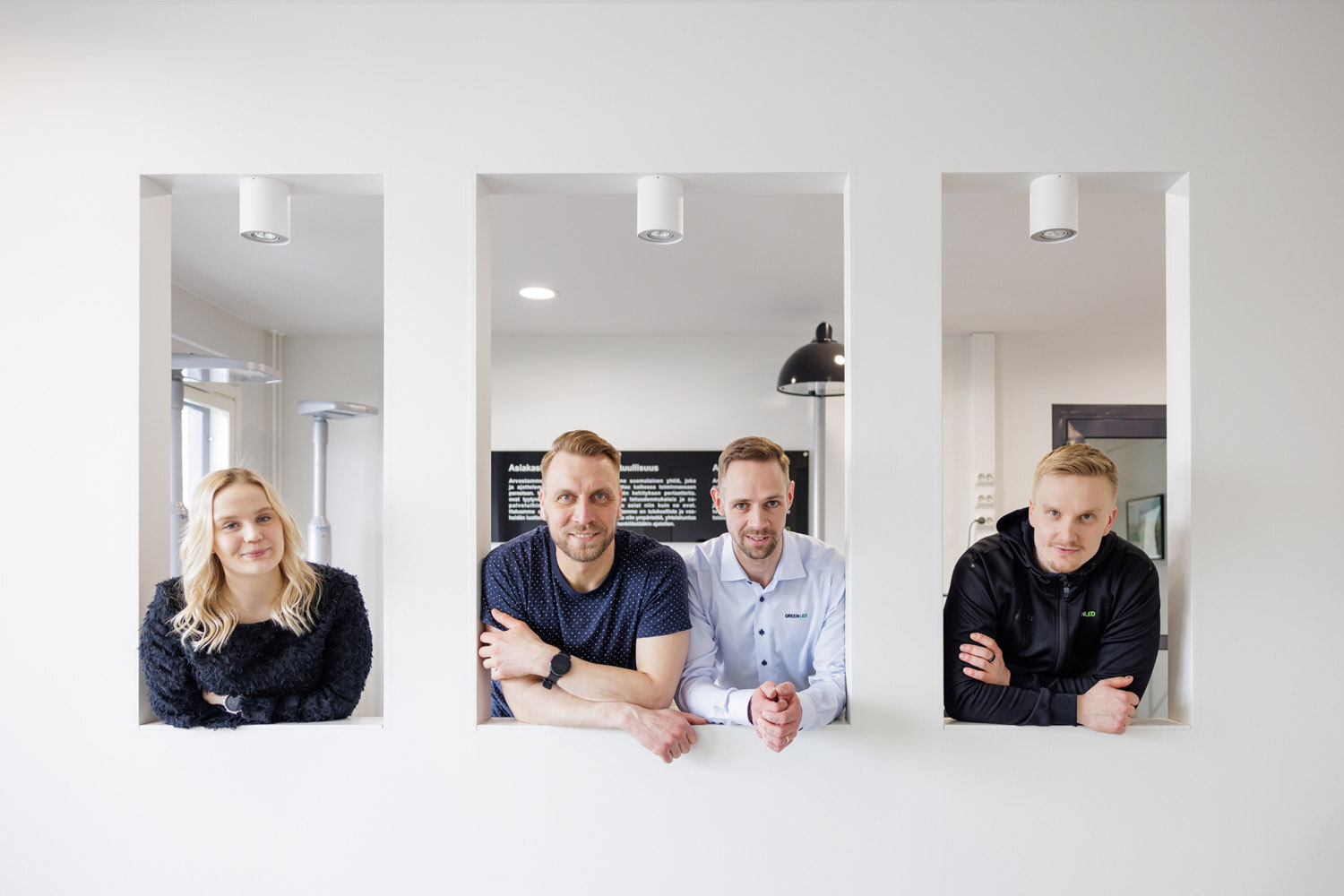Why is lighting control becoming mandatory?
Lighting control aims to reduce energy consumption and improve the energy efficiency of buildings. Automation systems such as motion sensors and daylight sensors ensure that lighting only works when it is needed. This reduces unnecessary energy consumption and extends the life of luminaires , supporting both economic and environmental objectives.
The EU's Green Deal and the Energy Performance Directives (EPBD) are key initiatives guiding Member States towards a low-carbon future. These regulations require large buildings, such as offices, industrial buildings and public spaces, to introduce automatic lighting control systems according to certain criteria.
Who will be affected?
The requirements for the introduction of lighting control systems will specifically target:
1. Owners and managers of large buildings:
buildings with a surface area above a certain threshold (e.g. 1000 m²) are obliged to install automatic control systems. This applies in particular to office buildings, industrial buildings and commercial premises.
2. Public buildings:
schools, hospitals and other public institutions are often the first to be affected by the new regulations. The public sector has a key role to play in promoting energy efficiency and setting an example to others.
3. New buildings and renovations:
lighting control systems are already mandatory in many new buildings. Lighting systems in major renovation projects also need to be upgraded to meet new requirements.
4. Cities and municipal infrastructure:
Street lighting control systems are part of smart urban development. Energy efficiency and lighting management are also key objectives for outdoor lighting, especially in streets and parks.
What is needed to meet the requirements?
Implementing lighting control systems requires careful planning and the right choice of technology. Key elements include:
- Motion and occupancy sensors: these allow lighting to be automatically activated when motion is detected in a space and switched off when the space is empty.
- Daylight sensors: these sensors adjust the intensity of the lighting according to the amount of natural light, which significantly reduces energy consumption.
- Timers and programmable schedules.
- Centralised control systems: in larger buildings, lighting control can be centralised through intelligent systems, allowing lighting to be remotely and automatically adjusted according to the needs of different spaces.
Economic and environmental benefits
Although the introduction of lighting control systems may require an initial investment, the savings and benefits are undeniable. Improved energy efficiency reduces electricity bills, and the longer life of luminaires reduces maintenance costs. In addition, automation can improve the comfort and safety of premises.
From an environmental point of view, automated control systems make a significant contribution to reducing carbon dioxide emissions. Lighting accounts for a significant share of energy consumption in buildings and its optimisation is an essential part of sustainable development strategies.
Summary
Mandatory lighting control systems are a step towards a more energy efficient and environmentally friendly building stock. The new requirements are particularly relevant for large buildings, public buildings and new construction, but the benefits are far-reaching. Control systems can achieve significant cost savings, extend the lifetime of lighting solutions and support sustainable development objectives.
Greenled has the expertise in lighting control
Greenled offers comprehensive intelligent lighting solutions that meet the requirements of increasingly stringent regulations and support energy efficiency objectives. We provide expert advice on both the design of new control systems and the upgrade of existing systems. If you want to ensure that your lighting solutions meet future regulations and deliver maximum benefits, contact us - we'll help you find the best solutions!



